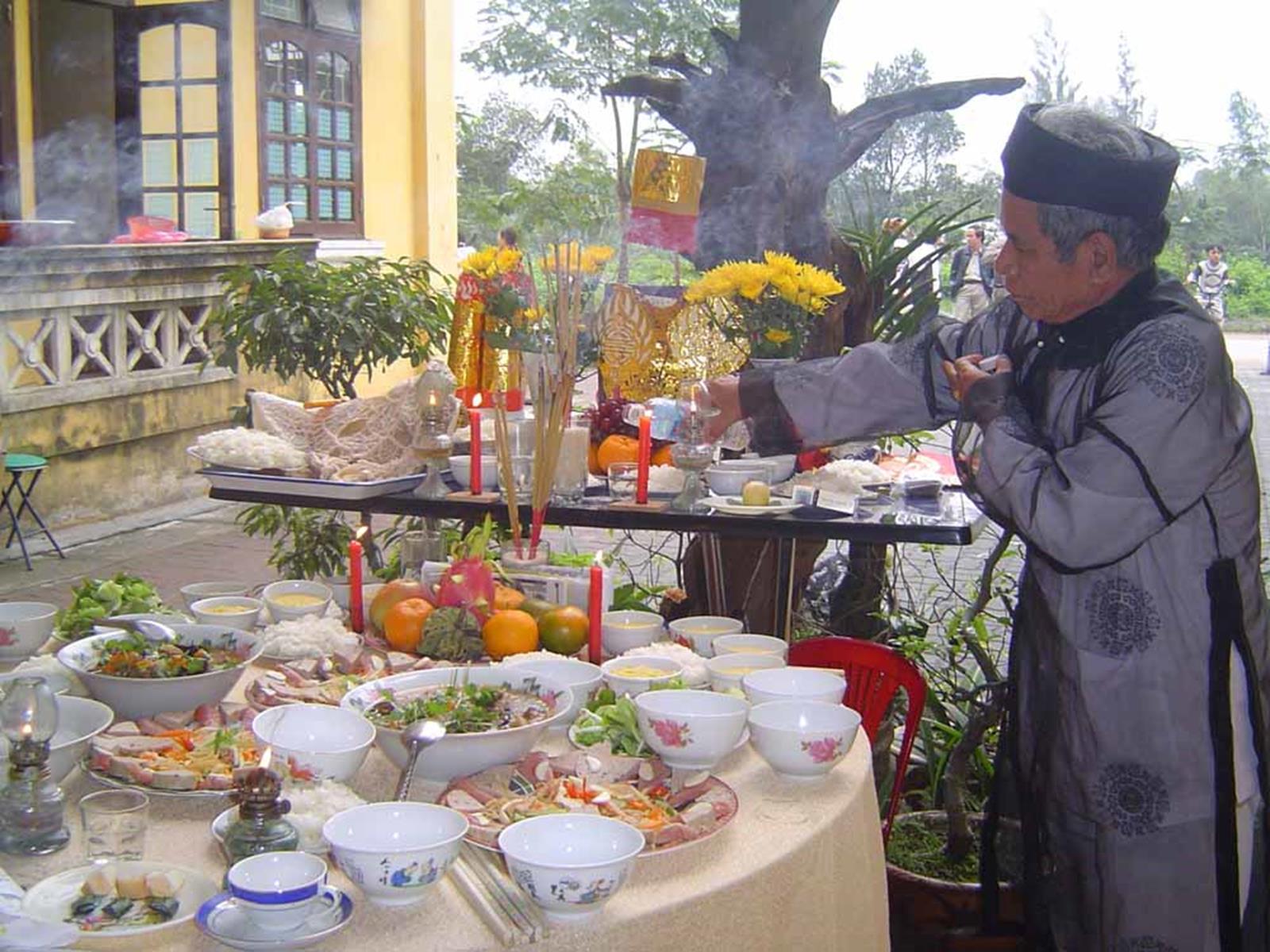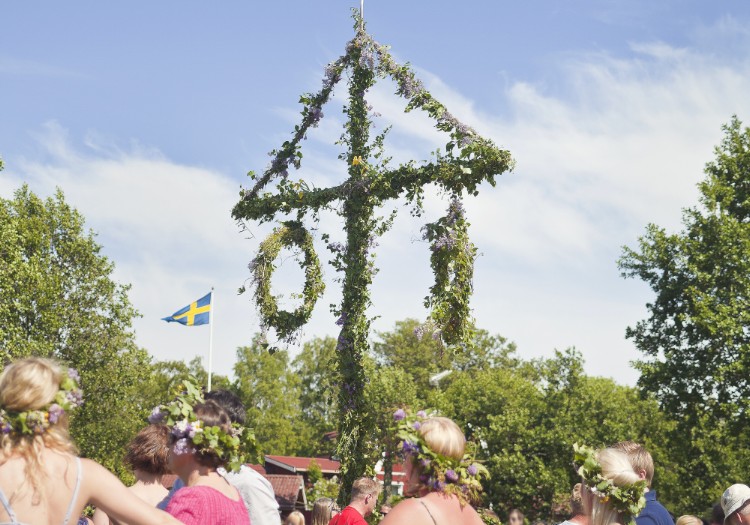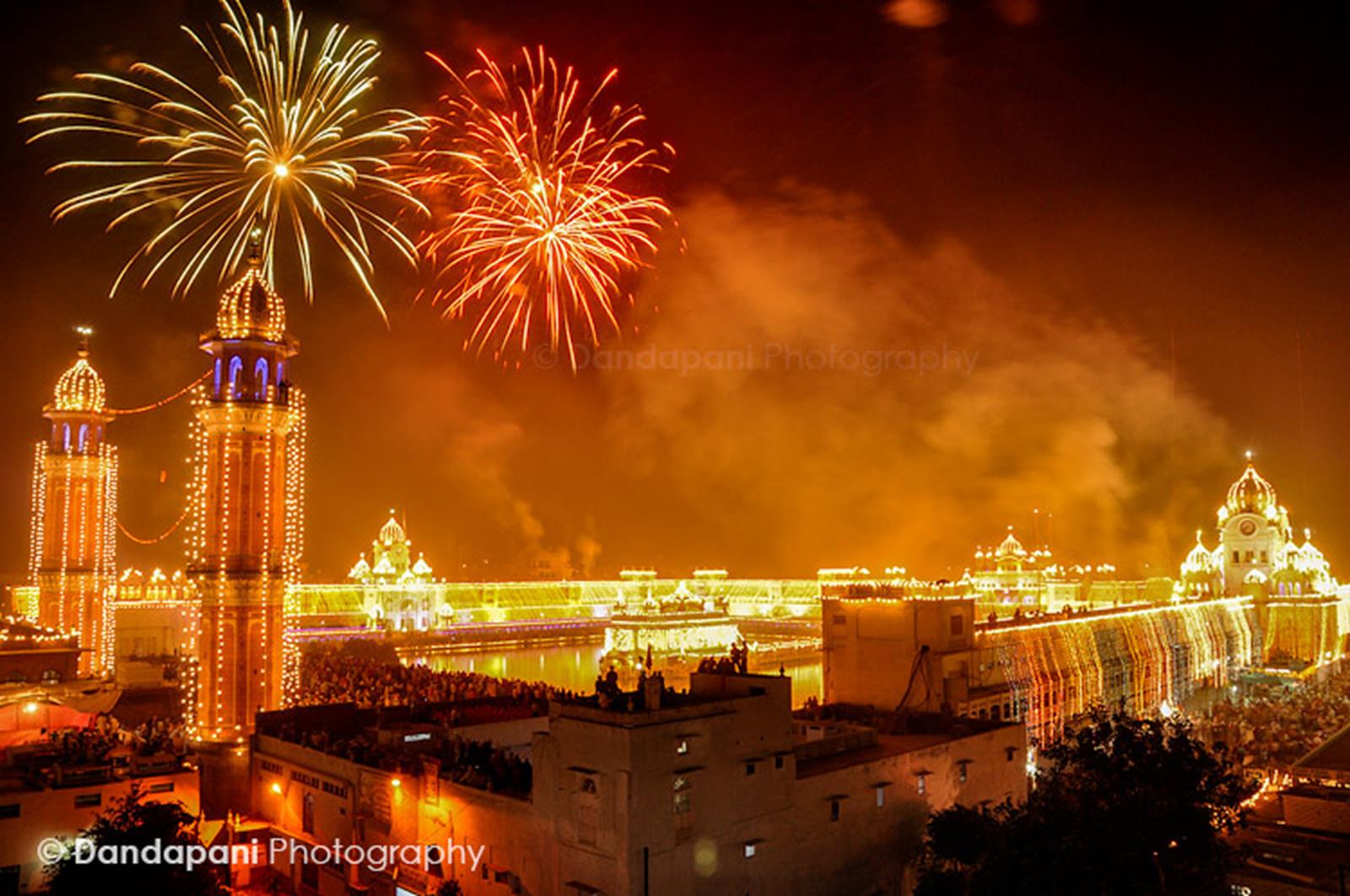What better time to plan your next trip than when you can experience the best of a country’s national cuisine and surround yourself with festive locals ready to share their culture and traditions. Let these feasts guide you to your next destination, and get ready for the best sights, sounds and flavors of the world.
Diwali – India’s Festival of Lights
This ancient Hindu festival is celebrated between mid-October and mid-November in India and various other countries around the world. A five-day celebration signifying the victory of light over darkness, it is one of the happiest and brightest holidays in India, and a trip during this time of year is sure to be an incredible cultural experience. The sights of vibrant dress and glowing fireworks mix with the incredible flavors of traditional feasts shared by families and friends.
If you have a sweet tooth – you’re in luck! Mithai (sweets and desserts) are a major Diwali staple and enjoyed at any time of the day, eaten alone or paired with a nice masala chai or spicy meal. Families exchange snacks with friends and pass on traditions throughout generations. Feasts take place throughout the festival, serving as a means of bringing people together and showing creativity through food. Preparations for feasting begin up to a month before, with some family members gathering to make the important Diwali snacks. Some popular Diwali dishes include chick peas, Daal Maharani, curried potatoes, diced cabbage and spinach balls, basmati rice with coconut, and fired soft round breads (pooris).
Visiting India during Diwali is a perfect time to experience the best of India’s culture through its food, and watch the streets fill with the bright colors and flavorful smells so distinctive of Indian cuisine.
Midsummer’s Eve – Sweden
This June festival celebrates the summer solstice, which marks the longest day of the year. With a day full of games, dancing, and of course – eating! – there are few better ways to welcome summer in the northern hemisphere. The festival is so uniquely Swedish that there was even talk of making it the country’s National Day! This might just be the best time to visit Sweden, and if you arrange a stay with a host family you will be in for a treat. Families and friends spend the day outside playing games and raising the Midsummer pole, then enjoy a giant feast with fish, boiled potatoes, cheese, salad, Swedish meatballs, pickled herring, crisp bread and traditional strawberry layer cake. You’ll have the pleasure of picking wildflowers for your own flower crown – a traditional dress of the day – while singing songs such as Små grodorna (The Little Frogs). Your host will help you out with an accompanying book of lyrics, but if you can’t read Swedish, not to worry! There is plenty of dancing and merrymaking to go around. If you’re not with a host family, just head outside, as parties take place all over the country and locals are more than happy to show you a good time so that you can share in some true Swedish culture.
Tết – Vietnamese New Year
Tết takes place on the first month of the Lunar calendar, which tends to fall in late January or in February, and it may last up to seven days! During this festive and exciting time, families gather and people return to their hometowns, relaxing after a hard-working year. This is also a time to remember and celebrate ancestors and give thanks for a new year.

“Cung tat nien” by Trần Đình Hiệp from the Vietnamese Wikipedia. – Originally taken and uploaded to the Vietnamese Wikipedia by Trần Đình Hiệp
Big feasts accompany Tết, and families decorate tress, although this is not a religious holiday. During this time to begin anew, you will see houses decorated with kumquat trees and branches of peach blossoms, along with many other colorful flowers. The Vietnamese will adorn ancestral altars with fruits and other arrangements, paying tribute to those of the past.
Since Tết marks the New Year, it’s seen as very important to celebrate this day in a way that will set the tone for the coming year. Because of this, it’s a happy time full of smiling faces, good food and bright colors. Traditional Vietnamese dishes are enjoyed all throughout the holiday, with feasts including boiled chicken, pickled onions, mung bean pudding, Vietnamese sausage and red sticky rice.
The country may have a noticeably relaxed feel during Tết , and many major shops and attractions will be closed, but this is also the perfect time to enjoy Vietnam from a local’s perspective, as the focus is on the family and enjoying cultural traditions that have brought families together for hundreds of years.
Kreatini and Tyrini – Greek Pre-Lenten Feasting
In the two weeks leading up to Lent, Greece and Cyprus put the focus on meats and cheeses, enjoying the best of their national cuisines. This time, known as Apokries (Carnival), is a bright and festive time where you can see Greeks dressed in colorful garb and enjoying food and good friends in the days leading up to the fasting period of Lent.
The first week, Kreatini, is a time to enjoy traditional meat dishes such as afelia (a pork stew), tavva (baked lamb) and souvlaki (grilled, marinated lamb skewers). On Thursday’s Tsiknopempti (stinky Thursday), head out into the streets as the smoke from roasting meat should fill the streets and guide you toward your next mouth-watering meal! Head out to a Greek tavern and enjoy your meal surrounded by the festive atmosphere of your Greek hosts.
Can’t get enough cheese? During the second week, Tyrini, Greeks do away with meat and feast on cheese and dairy products, which aren’t traditionally consumed after Lent begins. Some specialties during this week are bourekia (sweet and savory cheese-filled pastries), ravioli stuffed with local cheese and cheese cookies coated with herbs.
These long-lasting traditions showcase the national cuisines and ensure that you will have the best dishes right at your fingertips. During this time the lively Mediterranean culture puts on a show of colors, merriment and unbeatable flavors. Take this time to explore the importance of Lent in the country’s culture while bonding over the love for the food that the Greeks hold so dear.
With so many feasts taking place around the world each year, you can’t go wrong making one of these your next cultural excursion. The role of food in cultures is always distinct and enlightening – so make it a part of your next trip and it’s sure to be a memorable way to experience a new place. Have you taken part in any feasts around the world? Share with us below!








